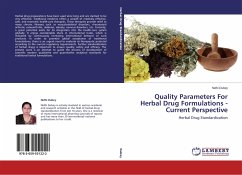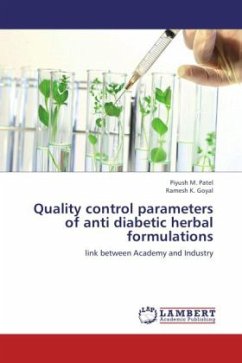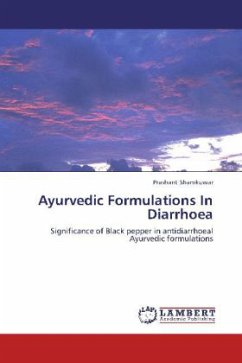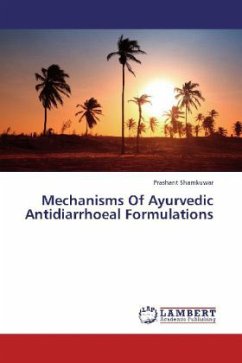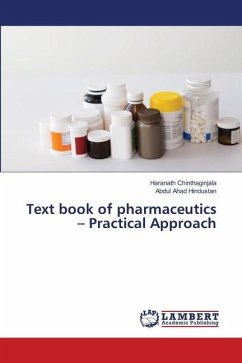An antispasmodic is a drug that aims to control gut spasm. Antispasmodics help to give relief for abdominal pain and limit the movement of the intestines. Gut movements are attributed to the smooth muscle. The numerous receptors located on smooth muscle cells and neuronal structures in enteric nervous system are involved in the intestinal movements. Different receptor agonists and antagonists provide a relaxed state by acting directly on the smooth muscle in order to modify excitatory or inhibitory signals. The current study was carried out to evaluate the antispasmodic effect of different antidiarrhoeal herbal formulations like Mebarid, Enterocin and Kutajarishta. Effect of Mebarid, Enterocin and Kutajarishta on muscarinic receptors, ganglionic receptors, histamine receptors and calcium channels in isolated guinea pig ileum was studied to find the mechanisms of antispasmodic activity. This Book summarized the possible mechanisms of antispasmodic activity of herbal formulations.
Bitte wählen Sie Ihr Anliegen aus.
Rechnungen
Retourenschein anfordern
Bestellstatus
Storno



